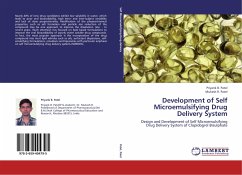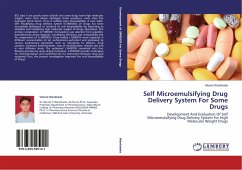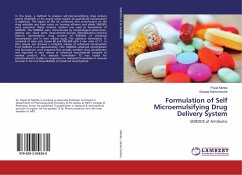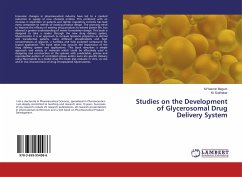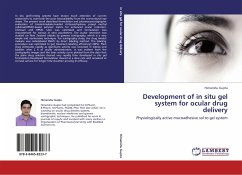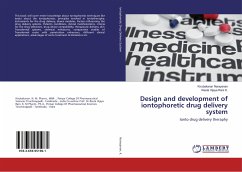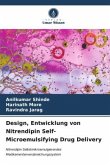Nearly 40% of new drug candidates exhibit low solubility in water, which leads to poor oral bioavailability, high intra- and inter-subject variability and lack of dose proportionality. Modification of the physicochemical properties, such as salt formation and particle size reduction of the compound may be one approach to improve the dissolution rate. . In recent years, much attention has focused on lipid based formulations to improve the oral bioavailability of poorly water soluble drug compounds. In fact, the most popular approach is the incorporation of the drug compound into inert lipid vehicles such as oils, surfactant dispersions, self-emulsifying formulations, emulsions and liposomes with particular emphasis on self microemulsifying drug delivery systems (SMEDDS).
Bitte wählen Sie Ihr Anliegen aus.
Rechnungen
Retourenschein anfordern
Bestellstatus
Storno

